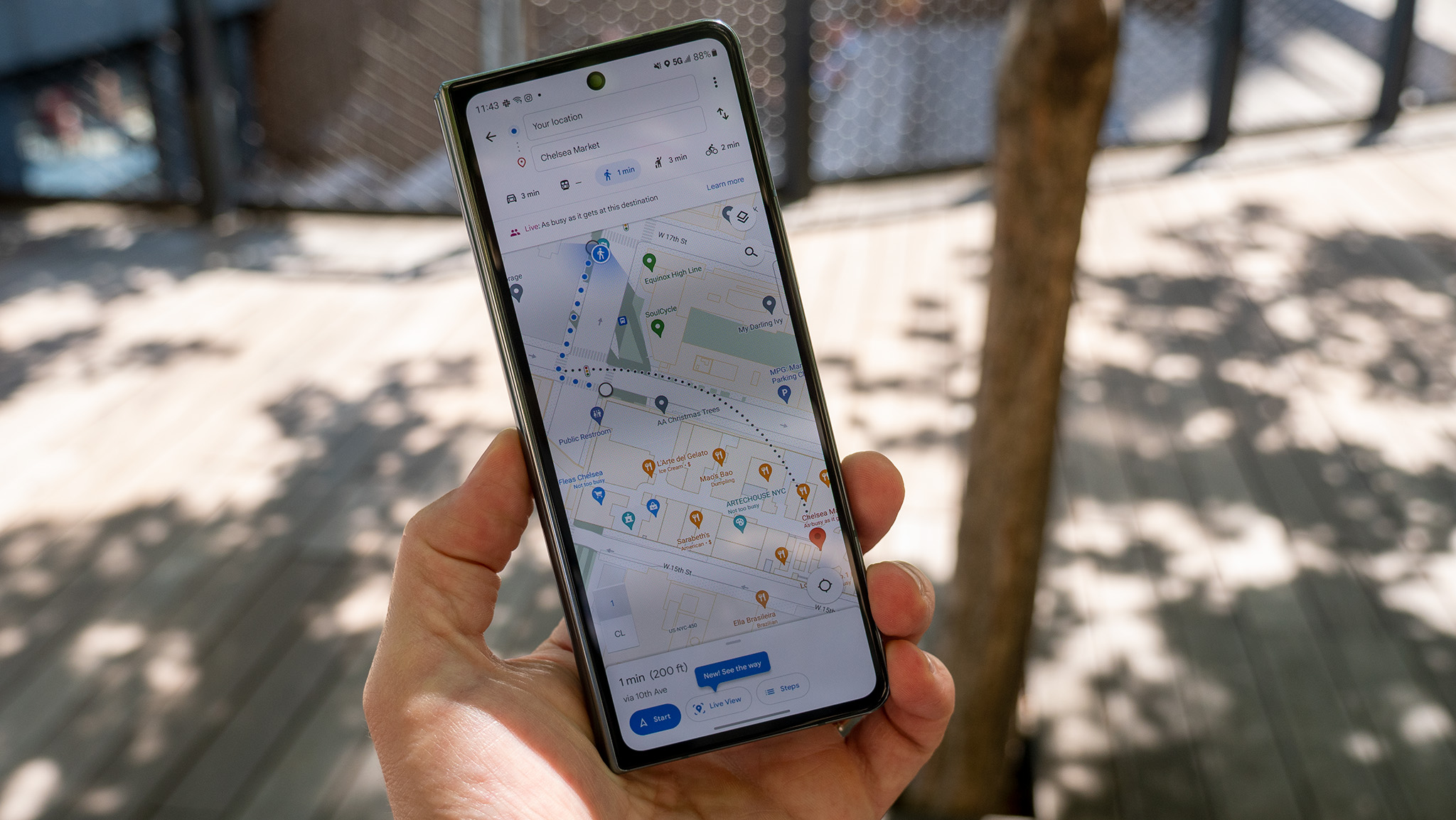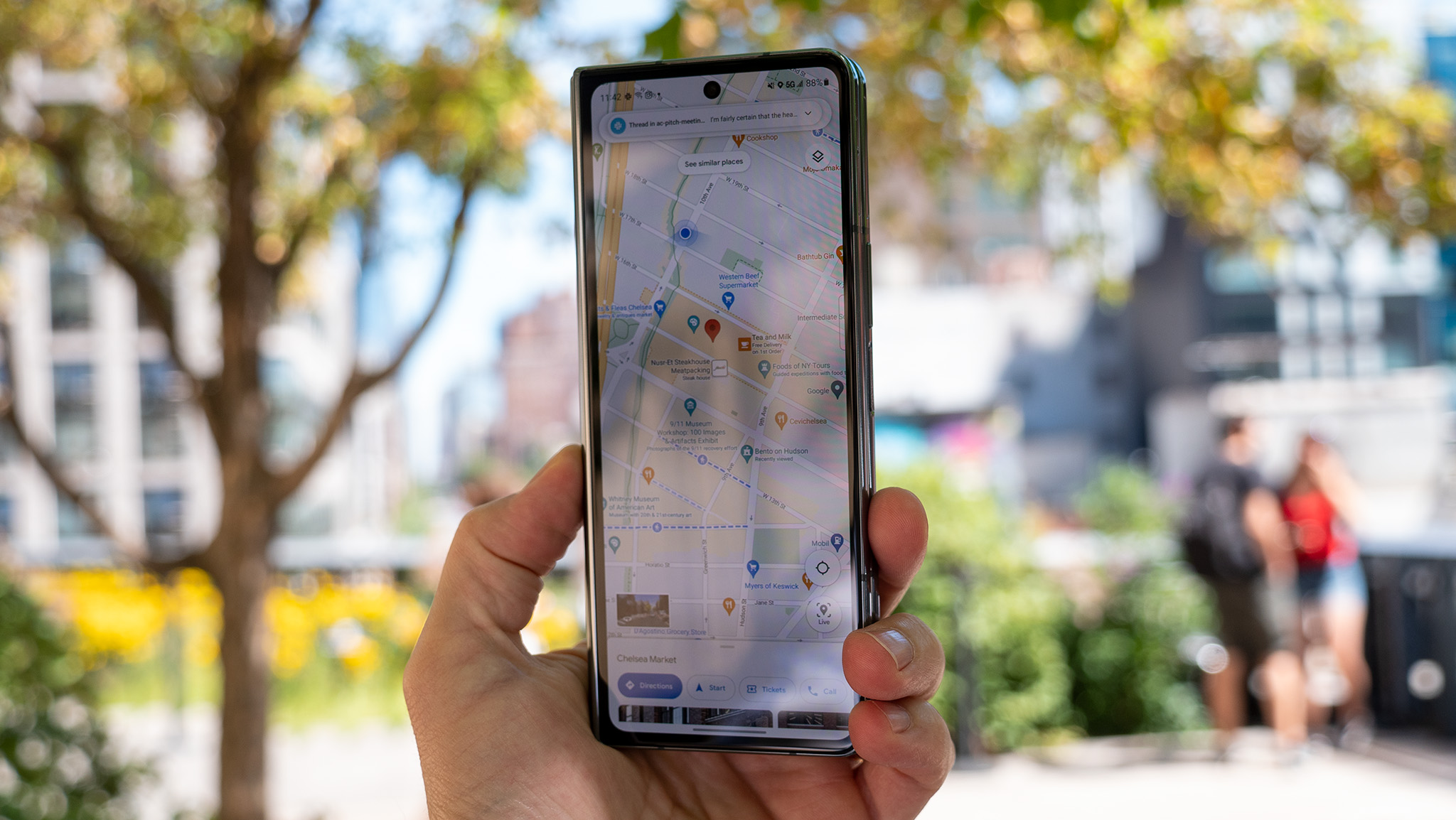
What you need to know
- Google is introducing the Fused Orientation Provider (FOP) in Android, which is a new location orientation API that aims to be more accurate.
- The release of FOP is intended to respond to user complaints about location orientation accuracy issues in Google Maps and on Android.
- Compared to the Android Rotation Vector, the FOP gives users "more consistent behavior and high performance across devices."
Device orientation arrows on Android can be both helpful and frustrating, depending on the situation. If accurate, they can point users in the right direction without needing to rely on street signs or landmarks. But if they're incorrect, the Android orientation arrows can lead people in the wrong direction, adding time and frustration to their journey. That's why Google is trying to improve accuracy with a new orientation API in Google Maps and Android.
Google announced the Fused Orientation Provider (FOP) in a post on the Android Developers Blog (via 9to5Google). It serves as an alternative to the Android Rotation Vector, which is currently the API that provides device orientation to Android apps. However, Google says that it got some bad feedback from developers about the Android Rotation Vector in Android.
"We’ve heard from developers that orientation is challenging to get right, with frequent user complaints when orientation is incorrect," Google said.
By comparison, the Fused Orientation Provider takes in data from the accelerometer, gyroscope, and magnetometer and "fuses" these readings together. According to Google, this will result in "more consistent behavior and high performance across devices."
Here's what else Google says about the Fused Orientation Provider in its blog post:
- Provides a unified implementation across devices: an API in Google Play services means that there is no implementation variance across different manufacturers. Algorithm updates can be rolled out quickly and independent of Android platform updates;
- Directly incorporates local magnetic declination, if available;
- Compensates for lower quality sensors and OEM implementations (e.g., gyro bias, sensor timing).

The company's acknowledgment of and compensation for lower-quality sensors is a great move. It means that whether you're using the newest Pixel phone or an older Android phone from another OEM, the Fused Orientation Provider should still improve accuracy. Additionally, Google said it designed the Fused Orientation Provider to be similar to Android Rotation Vector to make it easier for developers to support their apps.
The Google Maps app for Android already supports the Fused Orientation Provider following a recent update. In the release notes, Google said it "recently added changes to better cope with magnetic disturbances, to improve the reliability of the cone," which we know was referencing the FOP.
Android users should be able to use the Fused Orientation Provider in Google Maps immediately, provided their app is up-to-date. However, aside from accuracy and reliability improvements, there aren't any user-facing changes to the orientation cone.







